Improved Dense Recurrent Residual U-Net for Skin Lesion Segmentation
DOI: 10.23977/jeis.2024.090105 | Downloads: 44 | Views: 1558
Author(s)
Yang Yuan 1, Dechun Zhao 1, Zixin Luo 1
Affiliation(s)
1 College of Bioinformation, Chongqing University of Posts and Telecommunications, Chongqing, 400065, China
Corresponding Author
Yang YuanABSTRACT
Accurate segmentation of skin lesion areas is of great significance for computer-aided diagnosis. However, due to the irregular shape, boundary blurring, and noise interference of skin lesion images, accurate segmentation is difficult and has low precision. Therefore, it proposes an improved dense recurrent residual U-Net model. Firstly, This improved network use of dense recurrent residual connections in the Squeeze-and-Excitation convolution block design to alleviate gradient vanishing and provide accurate location information for segmentation; Secondly, the integration of feature adaptive modules between the encoder and decoder to enhance feature fusion between adjacent layers. Finally, a combined Dice and cross-entropy loss function is adopted to mitigate the class imbalance issue in skin lesion image segmentation. The model is evaluated on the public dataset ISIC 2017, achieving Jaccard, Dice, and accuracy scores of 78.86%, 86.92%, and 94.61% respectively. The experimental results demonstrate that the proposed model outperforms other networks in terms of segmentation performance and provides more accurate segmentation results.
KEYWORDS
Medical image processing, segmentation of skin lesion, U-Net, Squeeze-and-Excitation block, feature adaptation moduleCITE THIS PAPER
Yang Yuan, Dechun Zhao, Zixin Luo, Improved Dense Recurrent Residual U-Net for Skin Lesion Segmentation. Journal of Electronics and Information Science (2024) Vol. 9: 27-37. DOI: http://dx.doi.org/10.23977/10.23977/jeis.2024.090105.
REFERENCES
[1] Sung H, Ferlay J, Siegel R, et al. Global cancer statistics 2020: GLOBOCAN estimates of incidence and mortality worldwide for 36 cancers in 185 countries [J]. CA: A Cancer Journal for Clinicians, 2021, 71(3): 209-249.
[2] Kasmi R, Mokrani K. Classification of malignant melanoma and benign skin lesions: implementation of automatic ABCD rule [J]. IET Image Processing, 2016, 10 (6): 448-455.
[3] Dai Duwei, Dong Caixia, Xu Songhua, et al. Ms RED: A novel multi-scale residual encoding and decoding network for skin lesion segmentation [J]. Medical Image Analysis, 2022, 75: 102293.
[4] Yin W, Zhou D M, FAN T, et al.Image segmentation of skin lesions based on dense atrous spatial pyramid pooling and attention mechanism[J].Journal of Biomedical Engineering, 2022, 39(06):1108-1116.
[5] Liu Qi, Wang Jingkun, Zuo Mengying, et al. NCRNet: Neighborhood context refinement network for skin lesion segmentation [J]. Computers in Biology and Medicine, 2022, 146: 105545.
[6] Shan Pufang, Fu Chong, Dai Liming, et al. Automatic skin lesion classification using a new densely connected convolutional network with an SF module [J]. Medical & Biological Engineering & Computing, 2022, 60 (8): 2173-2188.
[7] Thanh DNH, Erkan U, Prasath S, et al. A skin lesion segmentation method for dermoscopic images based on adaptive thresholding with normalization of color models [C] //International Conference on Electrical and Electronic Engineering. Istanbul, Turkey: IEEE, 2019: 116-120.
[8] Emin MY, Murat B. Accurate segmentation of dermoscopic images by image thresholding based on type-2 fuzzy logic [J]. IEEE Trans Fuzzy Systems, 2009, 17(4): 976-982.
[9] Alexander W, Jacob S, Paul F. Automatic skin lesion segmentation via iterative stochastic region merging [J]. IEEE Transactions on Information Technology in Biomedicine: A Publication of the IEEE Engineering in Medicine and Biology Society, 2011, 15(6): 929-936.
[10] Hamed G YOLO Based Breast Masses Detection and Classification in Full-Field Digital Mammograms. Comput Meth Prog Bio 2020, 200(2).
[11] Ahn E, Kim J, Bi L, et al. Saliency-Based Lesion Segmentation via Background Detection in Dermoscopic Images [J]. IEEE Journal of Biomedical and Health Informatics, 2017, 21(6): 1685-1693.
[12] Yin XH, Wang YC, Li DY. Suvery of medical image segmentation technology based on U-Net structure improvement. Ruan Jian Xue Bao/Journal of Software, 2021, 32(2):519-550.
[13] Xie Fengying, Yang Jiawen, Liu Jie, et al. Skin lesion segmentation using high-resolution convolutional neural network [J]. Computer Methods and Programs in Biomedicine, 2020, 186: 105241.
[14] Zhang Y, Liang F M, Liu J M. Skin Lesion Segmentation Based on Classification Activation Mapping and Visual Field Attention[J].Computer Engineering and Application, 2023, 59(21):187-194.
[15] Long J, Shelhamer E, Darrell T. Fully Convolutional Networks for Semantic Segmentation [J]. IEEE Transactions on Pattern Analysis and Machine Intelligence, 2015, 39(4): 640-651.
[16] Nasr-E E, Rafiei S, Mohammad H, et al. Dense pooling layers in fully convolutional network for skin lesion segmentation [J]. Computerized Medical Imaging and Graphics, 2019, 78(C).
[17] Ronneberrger O, Fischer P, Brox T. U-Net: Convolutional Networks for Biomedical Image Segmentation [C] //International Conference on Medical Image Computing and Computer-Assisted Intervention. Cham: Springer, 2015: 234-241.
[18] Ibtehaz N, Rahman MS. MultiResUNet: Rethinking the U-Net architecture for multimodal biomedical image segmentation [J]. Neural Networks, 2020, 121: 74-87.
[19] Rehman H, Nida N, Shah SA, et al. Automatic melanoma detection and segmentation in dermoscopy images using deep RetinaNet and conditional random fields [J]. Multimedia Tools and Applications, 2022, 81(18): 25765-25785.
[20] Gu Rui, Wang Lituan, Zhang Lei. DE-Net: A deep edge network with boundary information for automatic skin lesion segmentation [J]. Neurocomputing, 2022, 468: 71-84.
[21] Kai Hu, Jing Lu, Dongjin Lee. AS-Net: Attention Synergy Network for skin lesion segmentation [J]. Expert Systems with Applications, 2022, 201: 117112.
[22] Ling Wei, Fan Hong, Hu Chenxi, et al. Improved Medical Image Segmentation Model Based on 3D U-Net [J]. Journal of Donghua University, 2022, 39(04): 311-316.
[23] Sarker MK, Rashwan HA, Akram F, et al. SLSNet: Skin lesion segmentation using a lightweight generative adversarial network [J]. Expert Systems with Applications, 2021, 183: 115433.
[24] Ma Shiqiang, Tang Jijun, Guo Fei. Multi-Task Deep Supervision on Attention R2U-Net for Brain Tumor Segmentation [J]. Frontiers in Oncology, 2021, 11: 704850.
[25] Alom Z, Asari VK, Parwani A, et al. Microscopic nuclei classification, segmentation, and detection with improved deep convolutional neural networks (DCNN) [J]. Diagnostic Pathology, 2022, 17(1): 1-17.
[26] Wu Huisi, Chen Shihuai, Chen Guilian, et al. FAT-Net: Feature adaptive transformers for automated skin lesion segmentation [J]. Medical Image Analysis, 2022, 76: 102327.
[27] Tran TT, Pham VT. Fully convolutional neural network with attention gate and fuzzy active contour model for skin lesion segmentation [J]. Multimedia Tools and Applications, 2022, 81(10): 13979-13999.
[28] Alom MZ, Yakopcic C, Taha, et al. Recurrent residual convolutional neural network based on U-Net (R2U-Net) for medical image segmentation [DB/OL].http://arxiv.org/abs/1802.06955, 2018-02-20/2018-05-29.
[29] Fu Jun, Liu Jing, Tian Haijie, et al. Dual attention network for scene segmentation [DB/OL]. http://arxiv.org/abs/ 1809.02983, 2019-04-21/2020-12-18.
[30] Qiu FBZ. An efficient U-shaped network combined with edge attention module and context pyramid fusion for skin lesion segmentation. [J]. Medical & biological engineering & computing, 2022, 60 (7): 1987-2000.
| Downloads: | 12712 |
|---|---|
| Visits: | 494071 |
Sponsors, Associates, and Links
-
Information Systems and Signal Processing Journal

-
Intelligent Robots and Systems

-
Journal of Image, Video and Signals
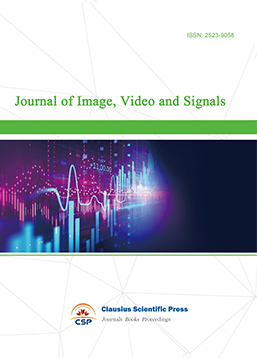
-
Transactions on Real-Time and Embedded Systems
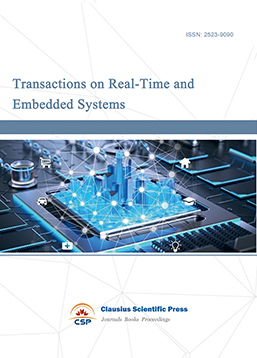
-
Journal of Electromagnetic Interference and Compatibility
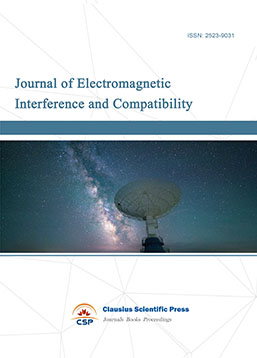
-
Acoustics, Speech and Signal Processing
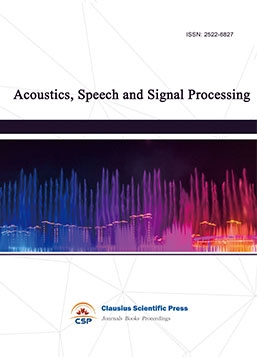
-
Journal of Power Electronics, Machines and Drives
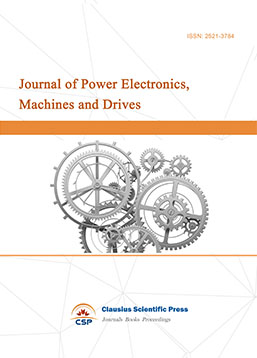
-
Journal of Electro Optics and Lasers

-
Journal of Integrated Circuits Design and Test
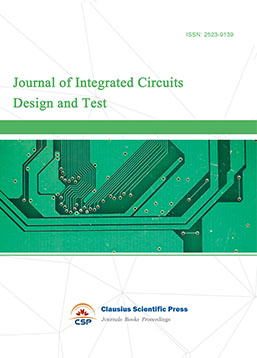
-
Journal of Ultrasonics
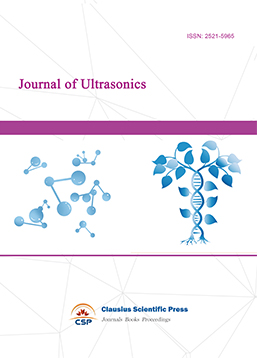
-
Antennas and Propagation
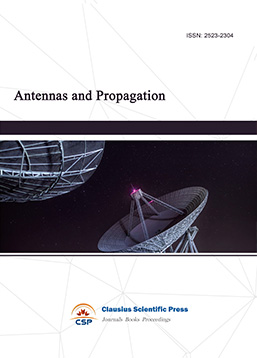
-
Optical Communications
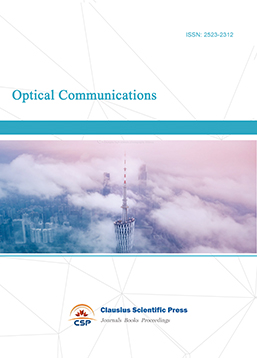
-
Solid-State Circuits and Systems-on-a-Chip
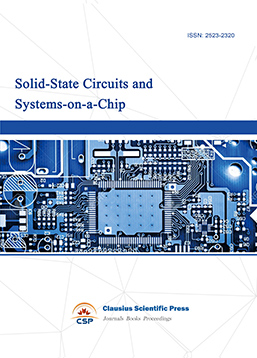
-
Field-Programmable Gate Arrays

-
Vehicular Electronics and Safety
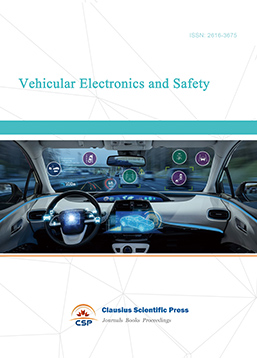
-
Optical Fiber Sensor and Communication
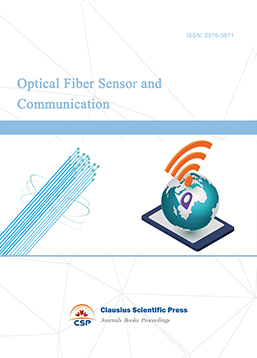
-
Journal of Low Power Electronics and Design
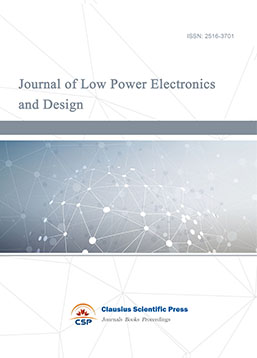
-
Infrared and Millimeter Wave
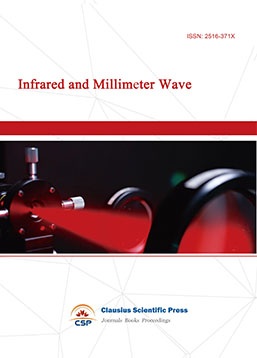
-
Detection Technology and Automation Equipment
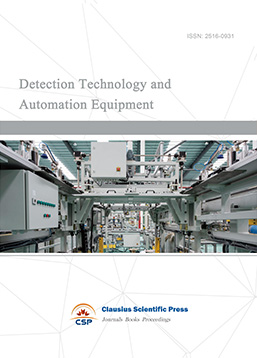
-
Journal of Radio and Wireless

-
Journal of Microwave and Terahertz Engineering
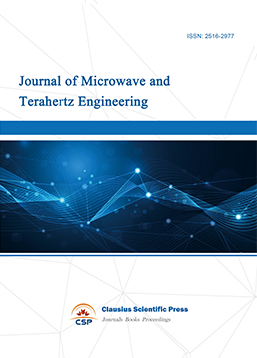
-
Journal of Communication, Control and Computing
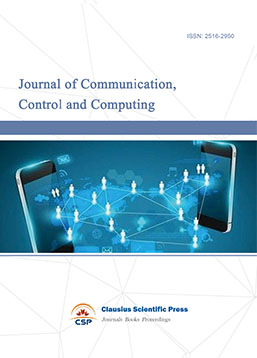
-
International Journal of Surveying and Mapping
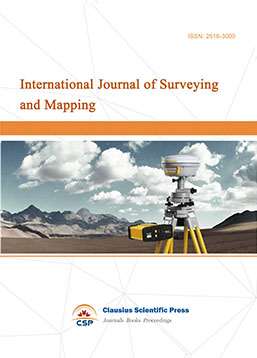
-
Information Retrieval, Systems and Services
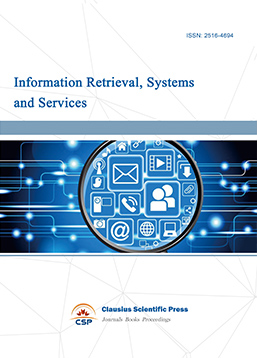
-
Journal of Biometrics, Identity and Security

-
Journal of Avionics, Radar and Sonar
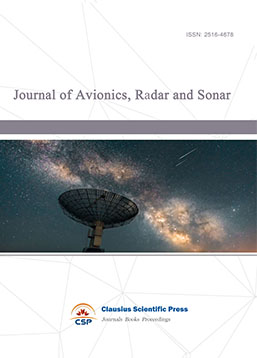

 Download as PDF
Download as PDF